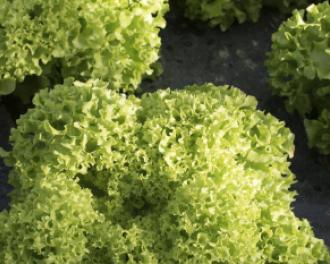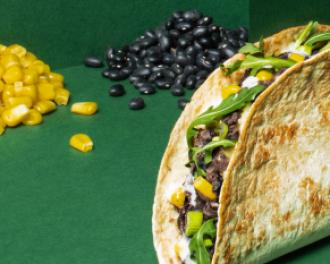Our smart tips: Focus on small seeds!
Legumes, nuts or just decorative: in the kitchen, small seeds are always right! Too often neglected, their benefits for our health and their flavours are great reasons to eat them more frequently. Flax, hemp, chia, sesame, sunflower seeds, lentils, red beans, peas or chickpeas, almonds, walnuts or hazelnuts… discover how to incorporate them into your diet.
Make room for legumes
Not to be confused with vegetables, legumes are rich in fibers and complex carbs with a high protein content which is particularly interesting. Among the most eaten: beans (of all colours), lentils, peas, chickpeas, lupin, soy… Before cooking them, you must soak them in water for at least 8 hours and take the time to cook them well which can be lengthy. That is why a can of ready-to-eat legumes always comes in handy to easily balance a vegetarian meal. The proteins in legumes do not contain all the amino acids that are found in animal proteins: they do not contain some sulfur amino acids. That is why we recommend combining them with grains or whole grains (riz, wheat, barley…) in a vegetarian diet to obtain good quality proteins - balanced that is. Hence the many traditional recipes combining them: beans and corn in Central America, semolina and chickpeas in Northern Africa… Their impact on the feeling of fullness and digestive wellbeing are linked to their fiber content: one more reason to eat them regularly!
Nut grains
Nuts are high in fat: Grenoble walnut, cashews, hazelnuts, Brazil nut, pistachios, almonds as well as olives. Nuts are often eaten with fruits during appetizers which is when we enjoy them most often even though their health benefits would definitely justify eating them more often. Nuts like almonds and walnuts are high in fibers and much more: antioxidants, minerals, trace elements (iron, calcium, magnesium, potassium) making them inherent to a balanced diet.
If nuts are high in fat, they have a different nutritional value than animal fat: mono-unsaturated fats allow them to limit bad cholesterol according to several studies.
Small but mighty
We mostly think of them as decorative but hemp seeds, chia seeds, sunflower seeds, pumpkin seeds and sesame seeds have more than one trick up their sleeves. Crunchy and tasty, their benefits come from essential fatty acids such as omega-3 (especially in flaxseeds and chia seeds). These seeds are easy to eat and incorporate in many recipes: sprinkled on brand, slid in salads, added in pesto… Their taste blends well with whole wheat grains to which they bring texture and bread’s softness which can then be kept longer. Flaxseeds are high in soluble fibers making them particularly interesting nutritionally speaking. However, for the body to take advantage of it (as well as its high omega-3 content), better grind it finely before spinkling it on salads, muesli or any other preparation. With all these small grains, we have enough for a delicious healthy diet!



